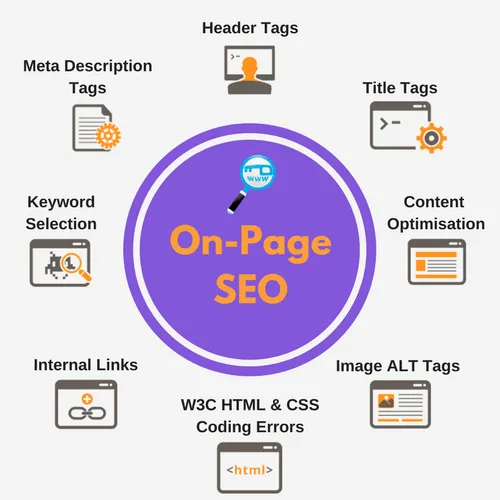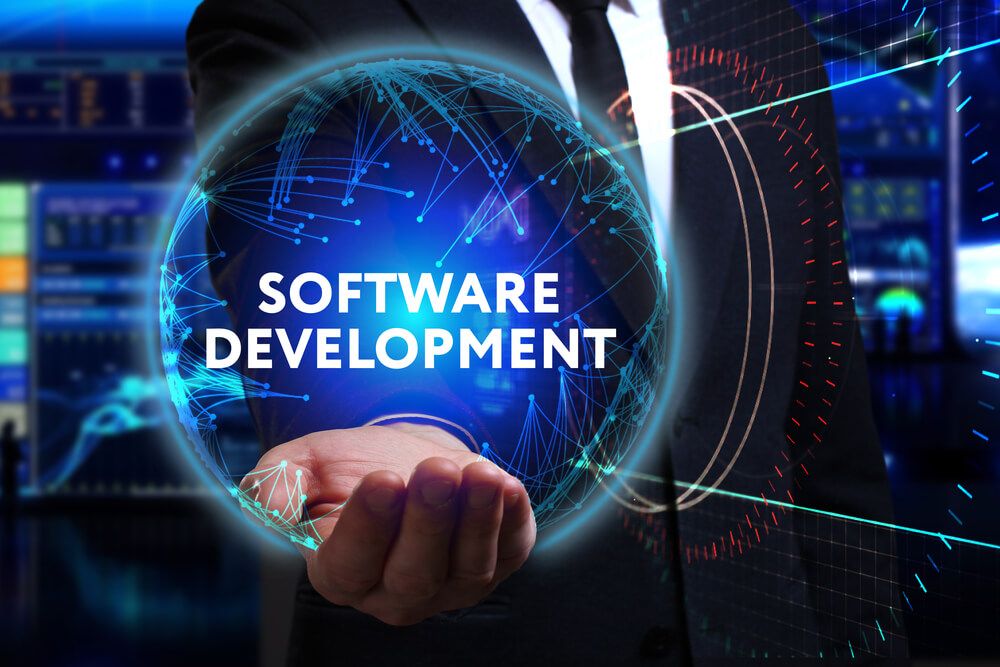A Comprehensive Guide to Software Development Life Cycle
In the ever-evolving realm of technology, software development plays a pivotal role in shaping the digital landscape. Behind every seamlessly functioning application or program lies a well-orchestrated process known as the development life cycle (SDLC). This comprehensive guide aims to demystify the SDLC, exploring its various stages, methodologies, and best practices to empower both seasoned developers and newcomers alike.
What is the software development life cycle?
At its core, the Software Development Life Cycle is a systematic process that guides the creation, maintenance, and eventual retirement of a software system. It encompasses a series of well-defined phases, each serving a unique purpose to ensure the successful delivery of high-quality software.
Stages of the Software Development Life Cycle
Planning
The journey begins with meticulous planning, where project managers, stakeholders, and developers collaborate to define the scope, requirements, and objectives of the software. This phase lays the groundwork for subsequent stages and is crucial for aligning development efforts with organizational goals.
Feasibility Study
Before diving into the actual development, a feasibility study is conducted to assess the project’s viability. This involves evaluating technical, operational, and economic factors to determine if the proposed solution is practical and feasible.
Design
Once the planning is complete, the design phase takes center stage. System architects and designers create a blueprint for the software based on the defined requirements. This includes both high-level structural design and low-level detailed design, ensuring a solid foundation for the upcoming development.
Implementation (Coding)
With the design in hand, developers begin the implementation phase, translating the conceptualized design into actual code. This is the phase where lines of code come to life and the software starts to take shape.
Testing
No software is complete without rigorous testing. The testing phase involves systematic validation and verification to identify and rectify bugs, ensuring the software functions as intended. This stage is critical for delivering a reliable and error-free product.
Deployment
Once the software passes all tests, it’s ready for deployment. This phase involves releasing the product to end-users or integrating it into the existing system. A smooth deployment is crucial to minimize disruptions and ensure a positive user experience.
Maintenance and Support
Even after deployment, the development life cycle isn’t over. The maintenance phase involves monitoring, updating, and enhancing the software to adapt to changing requirements, address issues, and improve overall performance.
Software Development Life Cycle Methodologies
Waterfall Model
In the traditional waterfall model, each phase of the SDLC follows a linear sequence, with progress flowing in one direction. While it offers a structured approach, it may need more flexibility to accommodate changes mid-process.
Agile Model
Agile is a fluid, iterative process that places a strong emphasis on cooperation and adaptability. It divides the development process into small, manageable cycles (sprints), allowing teams to respond quickly to changing requirements.
Must read: The Art and Impact of Exceptional Design Services
Scrum Framework
Scrum is an Agile framework that organizes development into short, fixed-length iterations called sprints. It fosters collaboration, transparency, and continuous improvement through regular feedback and reflection.
DevOps Approach
DevOps combines development and operations, promoting collaboration and communication between the two. This approach aims to streamline the entire SDLC, ensuring faster and more reliable delivery through automation and continuous integration.
Guide to Effective Software Development Life Cycle Best Practices
Clear Requirement Definition
Thoroughly define and document project requirements at the beginning to avoid misunderstandings and scope changes later in the process.
Regular Testing Throughout Development
Integrate testing throughout the development process to catch and fix issues early on, reducing the risk of major defects during later stages.
Version Control
Implement version control systems to track changes, manage codebase collaboration, and facilitate the seamless integration of new features. Collaborative Communication
Foster open and transparent communication among team members, stakeholders, and end-users to ensure everyone is on the same page throughout the SDLC.
Continuous Integration and Deployment
Embrace continuous integration and deployment practices to automate the testing and release processes, ensuring a consistent and reliable software delivery pipeline.
Regular Review and Reflection
Conduct regular reviews and retrospectives to reflect on the development process, identify areas for improvement, and implement changes for enhanced efficiency.
Conclusion
Mastering the Software Development Life Cycle is a continuous journey of learning, adapting, and refining processes. Whether you’re a seasoned developer or just starting your software engineering career, understanding the intricacies of the SDLC is essential for delivering successful and high-quality software products.
By incorporating best practices and choosing the right methodology for your project, you can confidently navigate the complexities of the SDLC, ensuring that your software not only meets but exceeds your users’ expectations. Embrace the evolution of technology, and let the Software Development Life Cycle be your guiding light in the dynamic world of software engineering.






